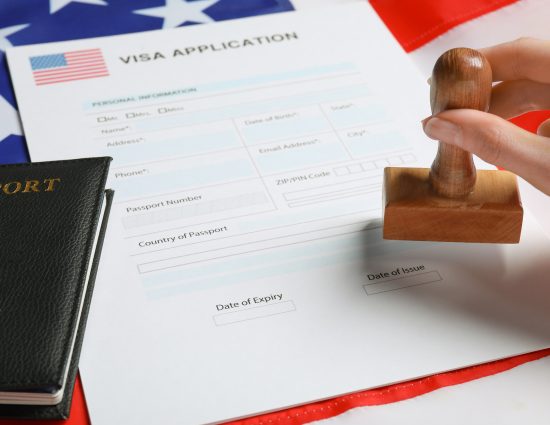Finding Cost Savings in Your Workforce Mobility Program

Relocating your employees plays a key role in achieving worldwide business success. However ensuring employees move well without spending too much money is a big challenge for Global Mobility Managers. The mandate is clear, identify cost-efficient solutions that control costs without compromising employee experience.
Understanding the Drivers of Change
It’s essential to grasp the key factors in mobility economics. Various factors like changing real estate markets and evolving employee expectations affect workforce mobility.
Organizations need to constantly reassess the cost of incoming and outgoing talent, considering changes in housing markets, currency values, and the overall cost of living indices.
Employee Demographics and Expectations
The modern workforce is diverse, with different needs. From traditional expatriates to tech-savvy millennials, there’s a range of expectations. Employers need to offer care, support, and innovative solutions for smooth transitions.
Technology and Data Analytics
The rise of advanced analytics and technology is more than a game-changer; it’s the game. Data is the foundation for saving money, providing useful insights into patterns and opportunities that were hidden before.
Regulatory and Compliance Pressures
Understanding global tax laws and following rules is important. It’s crucial to consider laws when saving money to find the right balance.
Delving into the Dollars: Proven Strategies for Savings
How can we reduce the high costs of mobility programs? Here, we break down the top areas to find savings.
Uprooting Domestic Relocation Expenses
These options can help reduce costs on moves within the U.S.:
- Implementing a Core-Flex Policy: Not all situations are the same, especially when it comes to moving. A core-flex policy lets employees personalize benefits within set guidelines. This stops unnecessary spending and makes relocation more valuable.
- Simplifying the Administrative Overhead: Streamlining processes isn’t just about saving time, it’s also about saving resources and cutting out unnecessary steps. By using technology to automate repetitive tasks, HR teams can focus more on important work that adds value.
- Home-Selling and Incentive Services: Encouraging an employee to sell their home can benefit both sides. It helps the employee move quickly and saves money. Ways to do this include giving a bonus for a fast sale or waiting to sell until the employee moves to the new place.
Navigating the Cross-Border Challenge
Moving abroad can be complex, but saving money is still possible. Here are some strategies that can work well:
- Destination Services and Settling-In Allowances: When moving abroad, settling in is important for the success of your employee. Giving money or service choices is better than set packages because it will save on costs while still offering needed assistance.
- Tax Equalization and Protection: A smart tax plan can save on costs. Companies use tax equalization rules to split the tax costs between where employees are from and where they work.
- Family Support Programs: A happy family helps keep employees happy. Customizing family support programs can improve their moving experience without requiring costly adjustments in the new country.
The Testimony of Cost-Saving Success
Industry case studies offer evidence that good strategies lead to great results.
Modernizing Home Sale Programs
The Buyer Value Option (BVO) program is a popular choice for companies looking to provide relocation benefits to employees while minimizing costs. For employees, BVO offers expert support in home sale processes, access to equity for their new home, and risk transfer during the sale. Employers benefit from tax advantages, cost reduction, and valuable feedback. The program includes Home Marketing Assistance and eliminates the need for appraisals. Equity is disbursed upon vacating the property, and a “Sunset Clause” can be incorporated to mitigate tax risks and ensure program protection.
By replacing our clients’ Guaranteed Buyout (GBO) and Direct Reimbursement programs with BVO, we’ve saved them in gross-up costs. For a home valued at $400,000, companies may see close to $20,000 in savings.
Customizing Exception Management
At CapRelo, we craft personalized exception management procedures for every client. We identify preferences for allowing exceptions and establish clear approval guidelines. Our consultants guide employees on requesting benefits beyond policy limits, while expense specialists review requests and estimate costs against policies. Using automated tools for documentation, our streamlined process expedites approval and tracking. By reviewing programs and educating stakeholders, we slashed exception expenses for a Fortune 500 company from 7% to 3% of total spending, resulting in savings of around $580,000. This demonstrates the success of our customized approach in enhancing cost efficiencies within exception management.
Managing your program expenses requires both quick decisions and long-term planning. These strategies aren’t just about saving money; they’re about creating a mobility program that stands out in a changing business world.
If you’d like to learn more about how to reduce costs and improve your mobility program, contact us. We can help you to identify cost cutting areas, increase employee satisfaction, and improve efficiencies—achieving your ideal mobility program.



